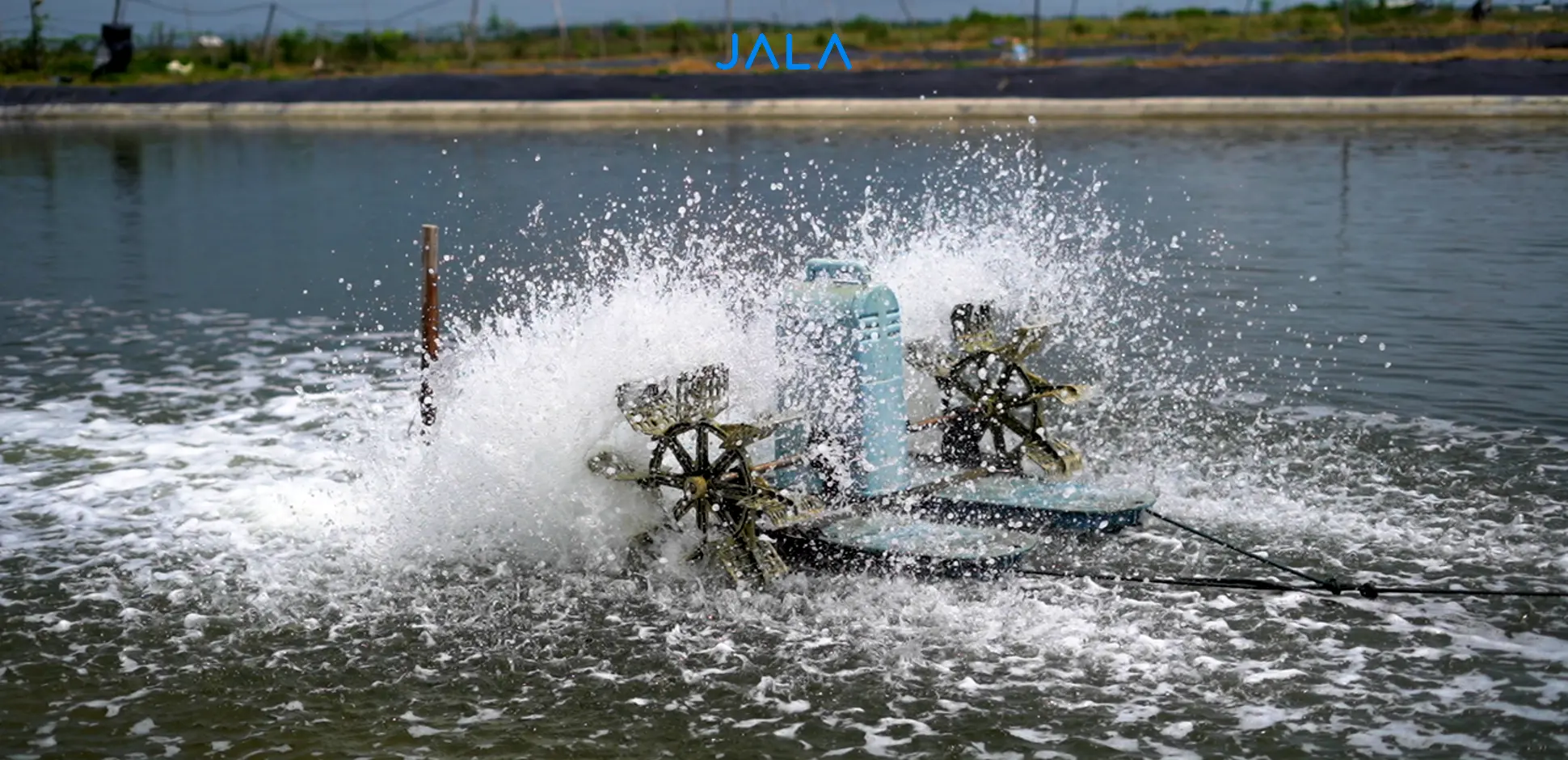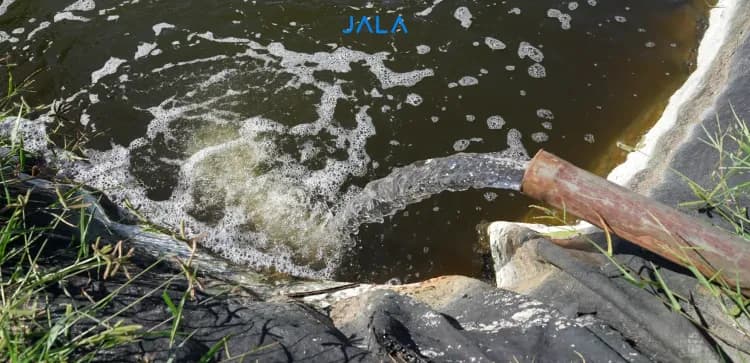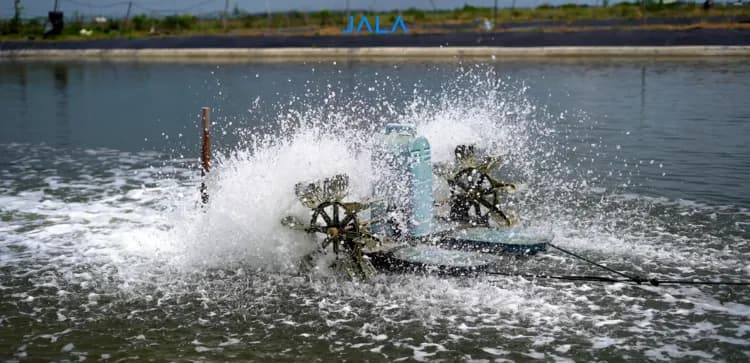
Water quality management plays a major role in the success of shrimp farming, and one crucial component is proper water exchange. Paying close attention to the timing and frequency of water exchange helps maintain a healthy environment, reduce harmful compounds, and minimize stress on shrimp.
Water exchange is a vital strategy to support shrimp growth and achieve optimal harvest results. So, when is the best time to perform water exchange in shrimp ponds? Find out in the article below!
Contents
Related ArticlesThe Importance of Water Exchange in Shrimp Farming
- Reduces organic waste buildup. Prolonged water retention may lead to accumulation of uneaten feed, feces, and microorganisms that could harm shrimp.
- Stabilizes water parameters. Water exchange helps maintain optimal levels of pH, temperature, salinity, and ammonia.
- Prevents blooming plankton. Stagnant water can trigger the dominance of certain plankton species, turning the water murky or toxic.
- Lowers pathogenic microorganism population. Regular water exchange helps suppress the growth of harmful bacteria in the pond.
Login to Read the Full Article
Use your Jala account to read this article. If you don't have an account, please register on Jala App.





